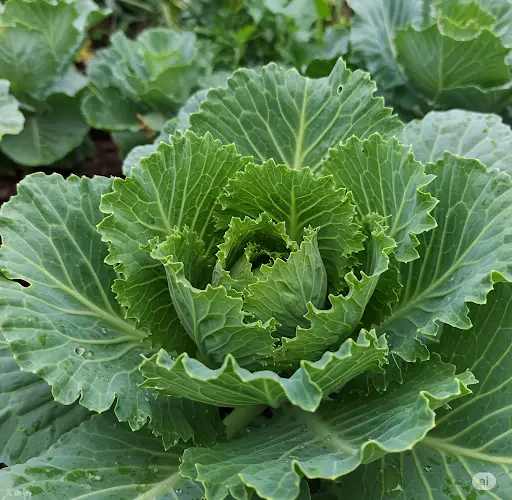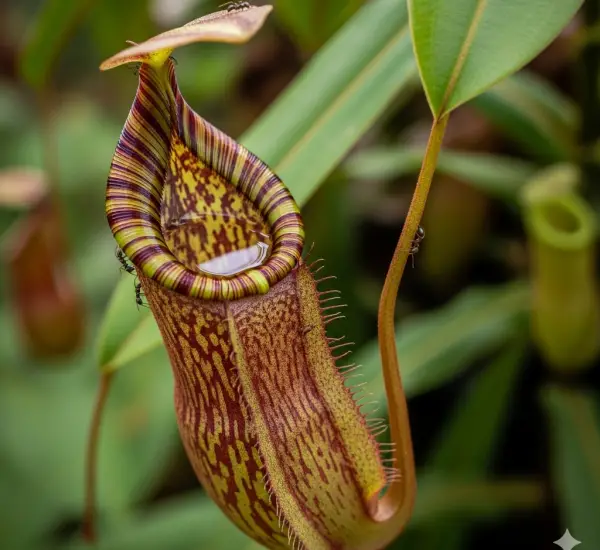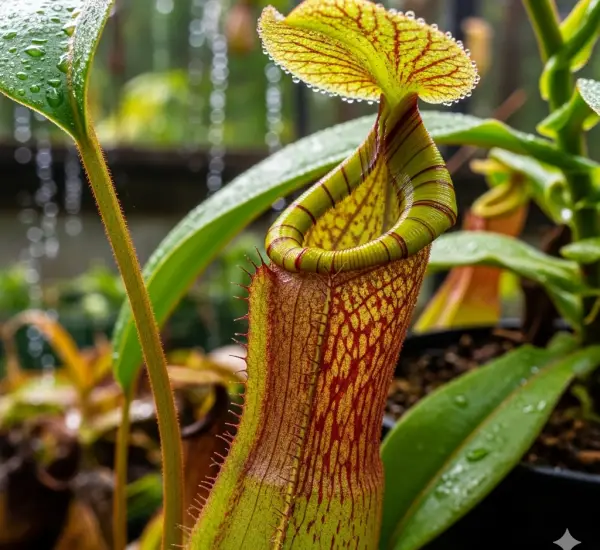Cabbage is one of the most popular and rewarding vegetables for both home gardeners and commercial growers. It’s packed with nutrients, stores well, and can be used in a wide variety of dishes—from salads to stews and fermented products like sauerkraut. If you’re new to vegetable farming and want to start with a reliable, high-yielding crop, cabbage is a great choice.
This beginner’s guide will walk you through everything you need to know to successfully start cabbage farming—from choosing a variety to planting, caring, and harvesting your crop.
Why Choose Cabbage Farming?
Cabbage is a cool-season crop that grows well in a variety of climates, particularly where temperatures range between 15°C to 21°C (59°F to 70°F). It is relatively easy to manage, offers a good market value, and yields a high return per square meter when properly maintained.
Benefits of cabbage farming:
-
High demand in local and export markets
-
Multiple planting seasons per year in temperate and subtropical regions
-
Can be grown in open fields or greenhouses
-
Suitable for small-scale or large-scale cultivation
Step 1: Choose the Right Cabbage Variety
There are several types of cabbage to choose from, depending on your region, market needs, and growing season:
-
Green cabbage: The most common variety, with smooth, tight heads.
-
Red cabbage: Has a slightly peppery flavor and is rich in antioxidants.
-
Savoy cabbage: Has crinkled leaves and a milder taste.
-
Chinese cabbage (Napa): A softer, elongated cabbage often used in Asian cuisine.
When selecting seeds, look for varieties that are resistant to common pests and diseases in your area, and suited to your climate and soil.
Step 2: Prepare the Soil
Cabbage grows best in well-drained, fertile soil with a pH between 6.0 and 6.8. It’s a heavy feeder, so enriching the soil before planting is crucial.
Soil preparation tips:
-
Clear the field of weeds and crop residues.
-
Work in compost or well-rotted manure at least two weeks before planting.
-
Add a balanced fertilizer (e.g., 10-10-10) or slow-release organic feed.
-
If needed, lime the soil to adjust pH levels.
Good soil preparation encourages strong root development and healthy head formation.
Step 3: Start Seeds or Use Seedlings
Cabbage can be started in two ways:
1. Transplanting seedlings: This is the most common method and gives you a head start on the season. Start seeds indoors or in a seedbed 4–6 weeks before your intended transplant date.
2. Direct sowing: This method is suitable in areas with long cool seasons. Sow seeds directly into the field about ½ inch deep, spaced appropriately.
Spacing guidelines:
-
Space plants 12–18 inches apart in rows 18–24 inches apart.
-
Wider spacing allows for larger heads, while closer spacing increases yield per area.
Step 4: Watering and Feeding
Cabbage needs consistent moisture to form solid, compact heads.
-
Water regularly, especially during dry spells. Aim for about 1–1.5 inches of water per week.
-
Mulch to retain moisture, suppress weeds, and regulate soil temperature.
-
Feed with a nitrogen-rich fertilizer early in the growing cycle, followed by a balanced fertilizer as the heads start to form.
Avoid over-fertilizing with nitrogen late in the season, as it can delay head formation and encourage soft, loose heads.
Step 5: Pest and Disease Management
Cabbage is vulnerable to several pests and diseases. Regular monitoring and preventive care are essential.
Common pests:
-
Cabbage worms
-
Aphids
-
Flea beetles
-
Cutworms
Common diseases:
-
Black rot
-
Clubroot
-
Downy mildew
Prevention and control:
-
Rotate crops each season.
-
Use floating row covers to prevent insect damage.
-
Hand-pick pests and use insecticidal soap or neem oil as needed.
-
Avoid overhead watering and ensure proper plant spacing to reduce fungal issues.
Step 6: Harvesting Cabbage
Cabbage is ready to harvest when the heads feel firm and dense to the touch. Harvest times vary depending on the variety, but most are ready between 70 and 120 days after sowing.
Harvest tips:
-
Use a sharp knife to cut the head at the base, leaving outer leaves and the root in place if you want a second, smaller crop to regrow.
-
Harvest in the morning when temperatures are cooler to maintain freshness.
-
Store cabbage in a cool, dry place. Heads can be refrigerated for several weeks or stored longer in root cellars.
Final Thoughts
Cabbage farming is a reliable venture that offers both food security and commercial potential. With the right variety, soil preparation, and care, even beginners can produce large, healthy cabbage heads. It’s a crop that rewards attention to detail and consistent maintenance, making it ideal for gardeners and small-scale farmers looking to expand their skills.
By following this guide, you can enjoy a productive cabbage-growing season and reap the benefits of this versatile vegetable—whether for your kitchen or your market stall.



